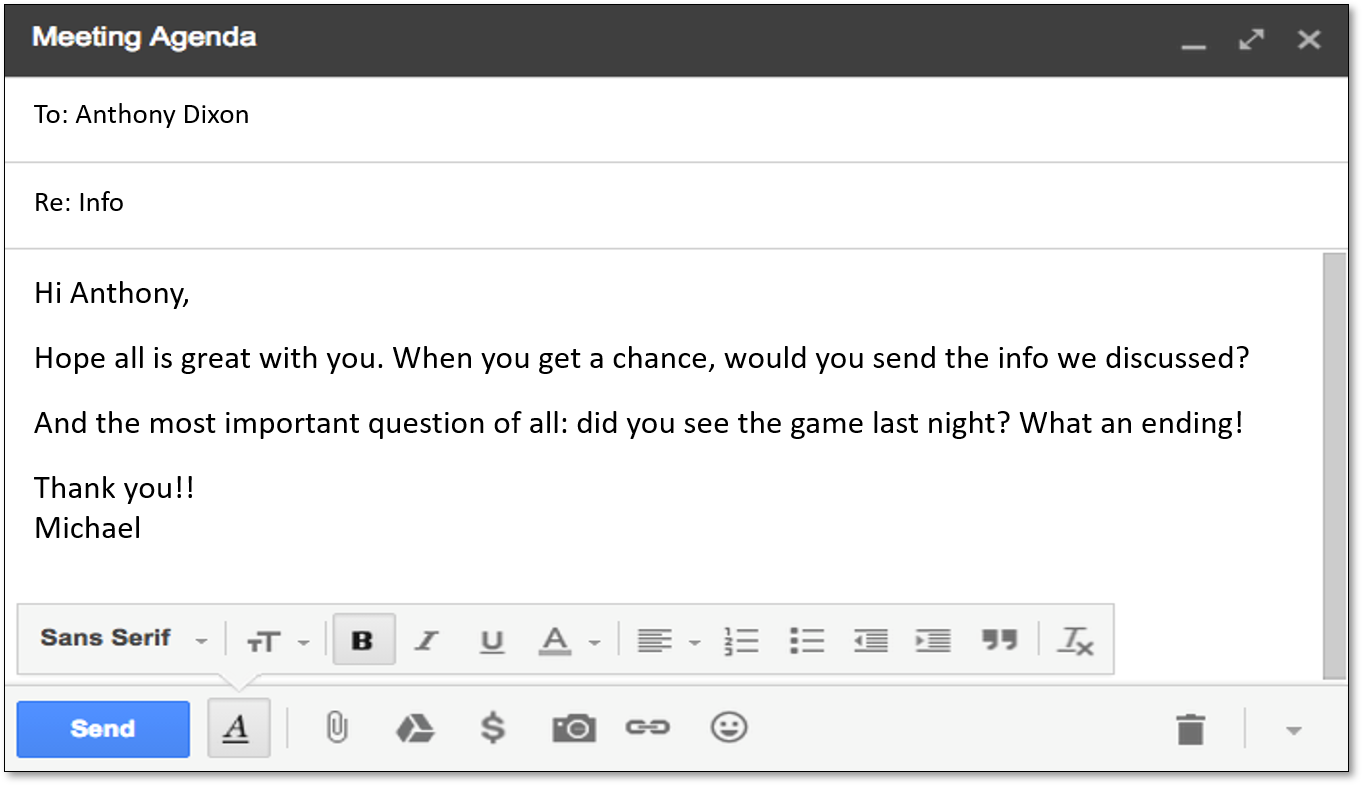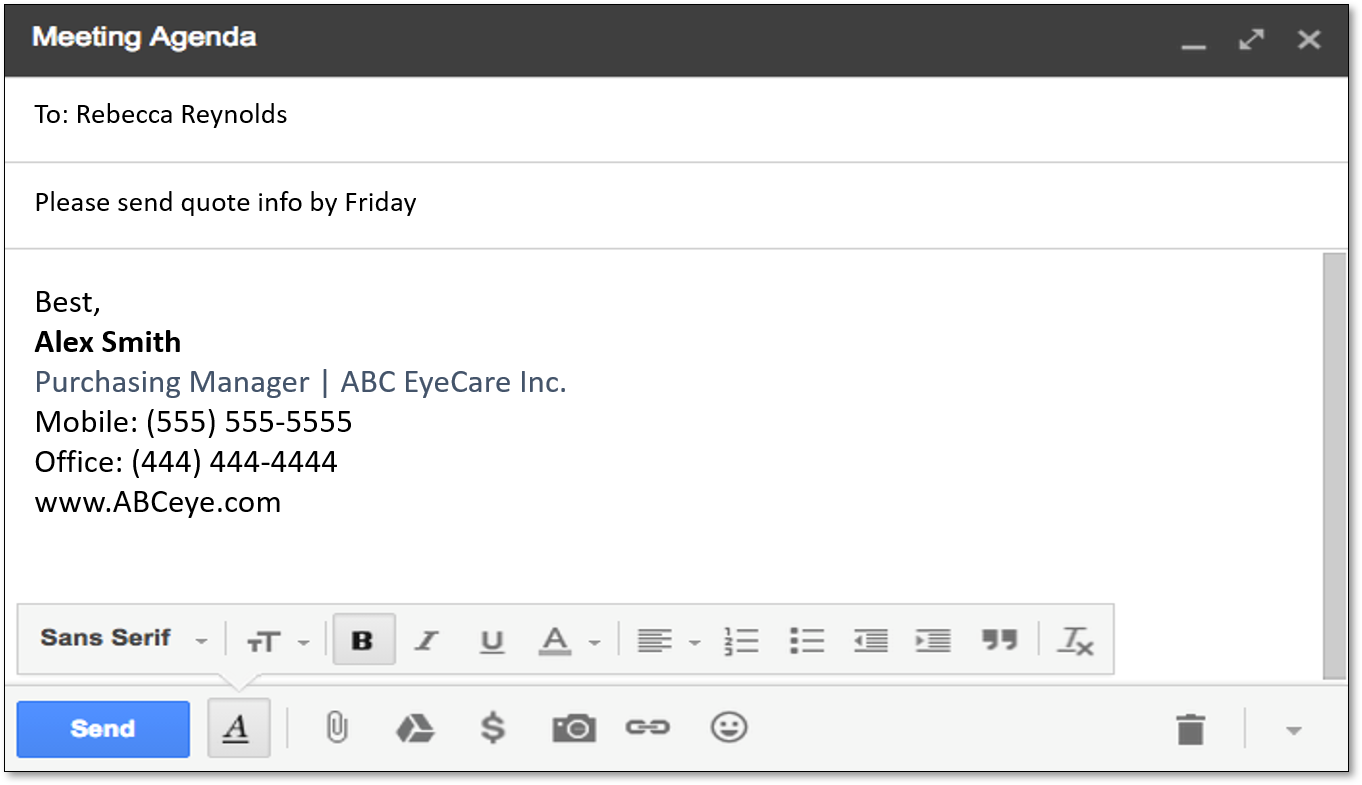Every salesperson will have a unique selling style and way they interact with prospects and customers.
For most sales reps, the selling style they use is based on their own behavioral style, and what they’re most familiar and comfortable with. Using the same selling style with every buyer, however, can cause unintentional communication friction that frustrates buyers and ultimately drives them away.
High-performing sales reps, on the other hand, are able to recognize a buyer’s personality type and adapt their own approach to be most effective.
What Are the Common Personality Types of Sellers and Buyers?
Sellers and buyers (and people in general) can be separated into four common personality styles based on the DISC assessment:
D (Dominance) – Direct and to the point
I (Influence) – Friendly and talkative
S (Steadiness) – Easygoing and patient
C (Compliance) – Methodical and deliberate
Communication friction arises when a seller approaches a buyer with an opposing style and fails to adapt their technique.
Here are 3 ways that your sales rep’s selling style is frustrating your buyers and potentially causing them to lose the sale.
1. Your Sales Reps Aren’t Adapting Their Questioning Approach
The questioning stage of the sales process is undeniably important. It helps your salespeople uncover and understand the needs and challenges of the buyer, and it provides opportunities to establish rapport and a professional relationship.
Most salespeople will use the same questioning strategy with every buyer and every selling situation, based on their own behavioral style and where they land on the DISC assessment.
When a salesperson with an easy-going “S” personality style questions a buyer with a fast-paced and direct “D” personality style, there is a good chance the buyer will become frustrated.
The good news is that your sales reps don’t have to change their personality in order to adapt their selling style.
The key is to help your salespeople:
- Understand their own style
- Quickly identify a buyer’s style, and
- Adapt their approach to match the situation
Below are some tips your sales reps can use to adapt their questioning approach to the behavioral style profile of the prospect or customer they’re in conversation with:
- D – When consulting with a Dominance style buyer, sellers should keep their energy high, ask direct questions, avoid too many details, and focus on the bottom line.
- I – When consulting with an Influence style buyer, sellers should be friendly and upbeat, avoid too many details, and focus on how the solution will help people.
- S – When consulting with a Steadiness style buyer, sellers should decrease their energy, take time to explain things carefully, and ask questions in a logical, methodical way.
- C – When consulting with a Compliance style buyer, sellers should focus on procedures and constraints, avoid questions that sound criticizing, and ask questions related to avoiding risk.
2. Your Sales Reps Are Sending Ineffective Emails
Email communication is typically a large part of a sales professional’s daily work and responsibility. Unfortunately, many buying decisions go south simply because the seller is unable to communicate effectively through email.
Highly successful salespeople are able to identify a buyer’s personality style through email, and respond to the customer or prospect in the most effective way. They know when to engage in banter, when to keep things short, when to use bullet points, etc.
In the first example below, there are clues that reveal this contact is a “I” (Influence) style.

The best way for a sales rep to respond to this behavior style is to:
- Be friendly, not dominating
- Ask for their ideas and opinions
- Avoid focusing on too many details
- Focus on being personable and approachable
In the second example below, there are clues that reveal this contact is a “D” (Dominance) style.

The best way for a sales rep to respond to this behavior style is to:
- Give brief answers that are directly related to the question(s) asked
- Avoid providing any outside information unless requested
- Organize information in a way that’s simple and easy to read
In the Selling to Different Personality Types training program, sales reps will learn how to identify buyer styles and adapt their approach to be most effective—through phone, email, and face-to-face situations.
3. Your Sales Reps Are Providing the Wrong Types of Proof to Back Up Claims
It might be a rep’s selling style to send every prospect a written case study to back up claims about their offering.
A case study can be convincing for some buyers, while others would prefer performance data, client testimonials, ROI stats, or a list of awards or accolades.
Assuming every prospect will be influenced to make buying decisions in the same way is a flaw that can lead to a deal being lost. Your salespeople must master the ability to match the correct proof to the correct behavior style when dealing with prospects and customers.
You should coach your salespeople to identify the most common claims they make about your offering, and the types of proof that can be used to back those claims up.
From there, they can identify which type of proof or evidence is most effective with each buyer style:
- D (Dominance) styles – Generally prefer evidence that minimizes features and maximizes benefits, such as awards and demos.
- I (Influence) styles – Generally prefer evidence that is based on other customers’ experiences, such as testimonials and third-party endorsements.
- S (Steadiness) styles – Generally prefer evidence that is based on steady, accurate, and reliable data, such as case studies and ROI reports.
- C (Compliance) styles – Generally prefer evidence that is driven by research, data, facts, and numbers such as performance data and independent testing.
How Can Your Salespeople Adapt their Selling Style to Have Better Interactions with Prospects and Customers?
As a default, most salespeople will use a selling style that is based on their own personality type.
But when your sales team members are able to identify a buyer’s personality type, and adapt their selling approach to match, they have an immediate advantage over the competition. That’s why our training program, Selling to Different Personality Types, is so powerful—especially in today’s competitive environment.
Here’s a quote from one of The Brooks Group’s long-time clients:
“We use “buyer styles” as a way to differentiate our salesforce from our competitors—it has become embedded in our sales culture to such an extent that we never have a discussion or strategy session without understanding the buyer styles involved.
It’s the “special sauce” in our sales culture that allows us to outsell our competition, because we “sell” to our clients the way they want to be “sold.” Our competitors sell everyone the same way; while we tailor each client interaction based on that buyer’s specific preference for communication.”
-David Finch
Owner, ATCOM Business Telecom Solutions
The Selling to Different Personality Types training program will arm your team with the self-awareness, and the ability to adjust to prospects’ behavior styles, in a way that will transform their ability to win deals and grow revenue.
Behavior Style Communication Guidelines
Understanding the behavior style of your team members and prospects is essential to better communication and sales effectiveness. Use this easy communication guide to learn the RIGHT and WRONG ways to interact with each behavior style.
This guide will show you:
- The behavior tendencies and preferences for each of the 4 behavior styles in the DISC model
- Ways you can improve communication with each style
- Communication approaches that may potentially cause conflict with each style




